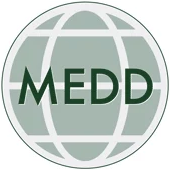We value your privacy
We use cookies to enhance your browsing experience, serve personalized ads or content, and analyze our traffic. By using MEDD, you consent to our use of cookies. To find out more about the cookies we use, please see our Privacy Policy

